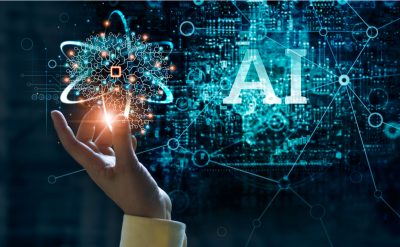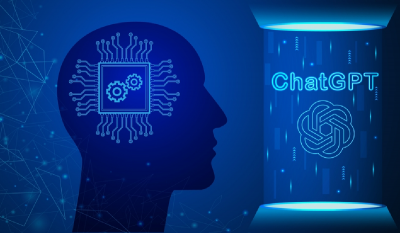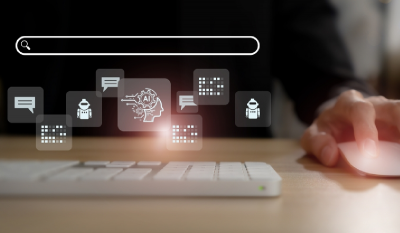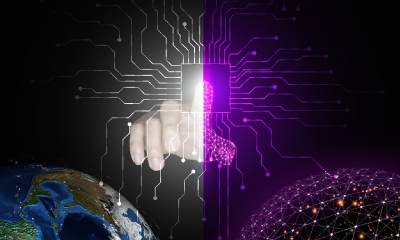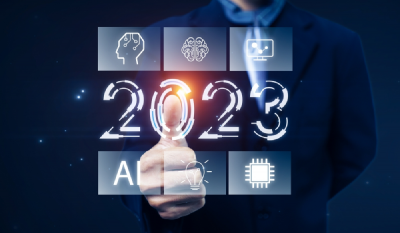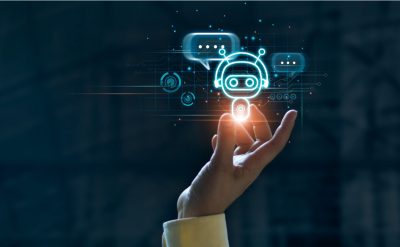In 2020, COVID-19 shifted work culture to the ‘Work From Home (WFH)’ pattern, or we can say it was a watershed moment for workplace modernization across all businesses. As a solution to control the spread of the COVID-19, MNCs’ decided to adopt the remote working model. Approximately 70% of employees are working from home, and since then, working from anywhere has been a normal part of professional life.
Now in 2022, there is a twist; as companies get ready for the eventual return to work, we are starting to see glimpses of the post-pandemic workplace. However, every firm’s return to work story is different as there are two emerging trends –
- Development of hybrid workplaces
- Implementation of conversational Artificial Intelligence (AI) and automation
Thus, moving back to the office is quite a tedious task for employees, thus landing the future of remote work in a hotly debated topic – a hybrid workplace.
After COVID-19, about 92% of people wished for WFH at least one day per week, and about 80% expected to work at least three days from home per week. As a solution, a hybrid work environment methodology was introduced.
What is hybrid working?
A hybrid working model is a flexible work structure that allows teams to work directly from offices or remote locations. Positive culture and effective communication are significant factors of a successful hybrid model. The working model is highly dependent on technology as many workers can be remotely located at any given time. A hybrid work environment has many variations as it allows some workers to work from on-site and others remotely. Mostly, it is a blend of the two scenarios.
For this, a quote written by Satya Nadella is perfectly suitable, “Tech intensity is the key to business resilience. Organizations that build their own digital capability will recover faster.”
The need for such a solution (hybrid working) arises as WFH involves some drawbacks like potential security issues, poor connectivity, and convoluted workflow. So, if the hybrid work model is to flourish in the post-pandemic world, it is essential to bring new technologies that will have to step up to fulfill the needs of workers and bosses alike.
AI plays a vital role in presenting experienced personnel’s positive business results as they seek the latest hybrid model; however, technology can only be ‘layered in’ once a strong foundation exists. Technologically speaking, that foundation must be a cloud platform.
In an active world, where technology and individuals are continually evolving, the cloud is the only suitable environment that is flexible enough to permit frequent change and support a workforce that works from anywhere. For instance, organizations/personnel can connect with one another with modern cloud platforms regardless of location. Also, it gets easier for employees to search emails, documents, or other important files they need in order to do their best work.
Essential elements to design hybrid workforce
A study based upon business leader’s real experience of using AI revealed the following five requirements for businesses looking to design a hybrid workforce –
- Educating employees with intelligent automation to offer superior customer service: Customers’ service staff can access instant information using AI, thus helping them to resolve customer inquiries faster. With this, agents can work more efficiently while improving customer service. Such activity ultimately contributes to reducing any human error element.
- Training employees digitally to achieve desired outcomes: Best results can be obtained from a digitally trained employee when trained with AI-based methods. And to do so, businesses need to have the necessary resources combining time and money to train with the solution that delivers desired outcomes.
- Training digital employees to be channel agnostic for a seamless and touchless experience: Businesses have a way of resolving problems by categorizing communications by channel, thus helping customers resolve the matter in the fastest and most convenient way. So, making AI work across multiple channels will help customers give a better experience in the long run.
- Apply intelligent design strategies to eradicate time-consuming, repetitive, and low-value human interactions: Companies should identify the jobs, that employees waste a considerable amount of time on but do not provide significant economic value when planning an AI implementation. These can then be analyzed to see if they can be replaced entirely by digital employees, allowing human employees to focus on interactions with higher income potential for the organization.
- Digital employees will drive compliance and security throughout the organization to validate self-serve processes: Cost-effectiveness and efficiency are significant factors for the adoption of digital employees. Thus, businesses should focus more on making processes more secure, compliant, and error-free.
As per SnapLogic, about 81% of employees believe AI enhances their overall performance at work. As a result, about two-third (about 68%) are requesting employers to deploy more AI-based technology to help them execute their work faster and better. Moreover, the Massachusetts Institute of Technology believes, “the most promising uses of AI will see people and computers working together as ‘superminds’ to do both cognitive and physical tasks that could not be done before.”
How will AI help businesses enhance hybrid work?
- AI enhances meeting experiences
AI can turn helpful in extracting valuable information from meetings quickly and efficiently to prosper within the AI community for video. The inaugural Cisco Global Hybrid Work Index study shows that there has been about 200% growth in usage of AI, i.e., from July through September 2021, signifying people’s desire for improved meeting engagement. It includes various meeting features like noise reduction, polling, automatic translation and transcriptions, and gesture recognition.
Another major aspect of AI can be – while video conferences or visual cues (presentation slides) indexing content and capturing the most important moments using Natural Language Processing (NLP) and emotion detection. This helps users access important details quickly, without scanning through irrelevant content.
Such provision of indexing content and video analytics build a way to allow for optional real-time meetings with only necessary participants required at the live sessions. Other participants can view important segments of a particular meeting later as and when needed.
- AI enhances productivity
As per Accenture, AI can increase productivity by about 40% plus in the workplace and boost profitability on average by about 38%. With AI, employees can make better decisions, find new ways, give more time for what they are found off, and generate better work aesthetics that is of greater value for the company. Business leaders are now widely accepting the potential advantages of AI.
According to Accenture research, 3 out of 4 C-suite executives believe that if they don’t start implementing AI in the coming five years, there are chances that they will fall out of business entirely. They are not the only ones who see AI’s value in the workplace either.
Take away
Since the pandemic, the work culture has been continuously being shaped and molded, proving that the hybrid workplace is here to stay for the foreseeable future. Firms must take the necessary measures to develop their strategy as per new ways of working.
If it is true, AI, in association with a modern cloud platform and strong security, will have an crucial role in assisting organizations find their footing in this new landscape and confidently take big steps forward.
As the world is preparing for hybrid-working, AI has made its mark in the hybrid work environment by delighting the workforce and consumers alike.
With this increasingly competitive and fast-moving digital market, companies need to adequately prepare for the hybrid workforce revolution to remain in the race of driving the most impactful business value from AI. Cheers to technology and innovation; it works well for many companies. To learn more about AI and other related technologies, visit our latest whitepapers on artificial intelligence here.








